Optimal Timing for Waterproofing Applications
Waterproofing is a critical component in protecting structures from water damage. The timing of waterproofing application can significantly influence its effectiveness and longevity. Proper planning ensures that waterproofing is applied under optimal conditions, reducing the risk of failure and extending the lifespan of the waterproofing system.
Spring offers moderate temperatures and lower humidity, ideal for waterproofing applications. It allows sufficient curing time before summer heat and winter cold.
Early summer provides warm, dry conditions suitable for waterproofing, especially before heavy rainfall periods.
Late summer can be suitable if weather conditions remain dry, ensuring proper adhesion and curing.
Early fall is often ideal due to cooler temperatures and lower humidity, facilitating effective application.
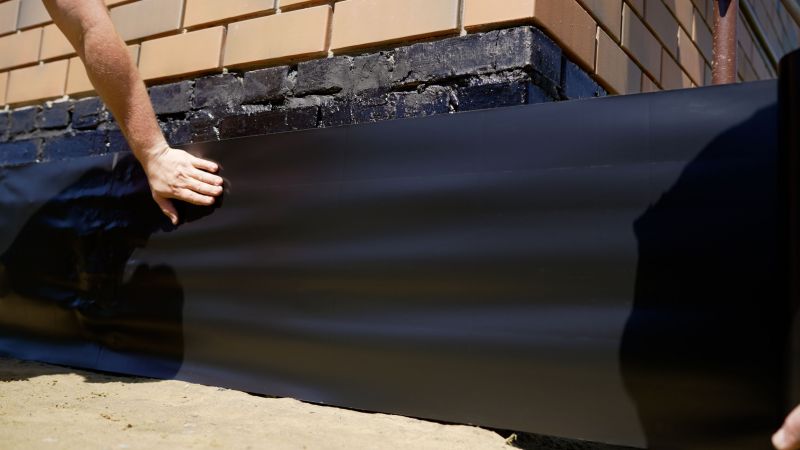
Ways to make Waterproofings work in tight or awkward layouts.
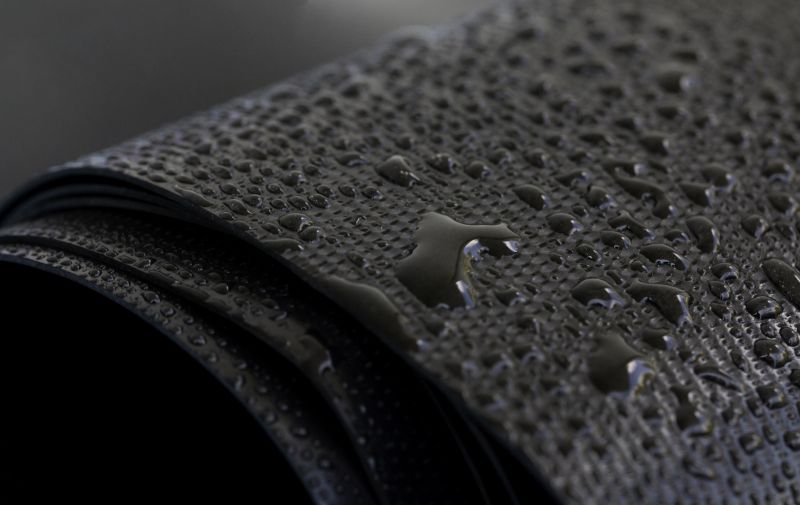
Popular materials for Waterproofings and why they hold up over time.

Simple add-ons that improve Waterproofings without blowing the budget.
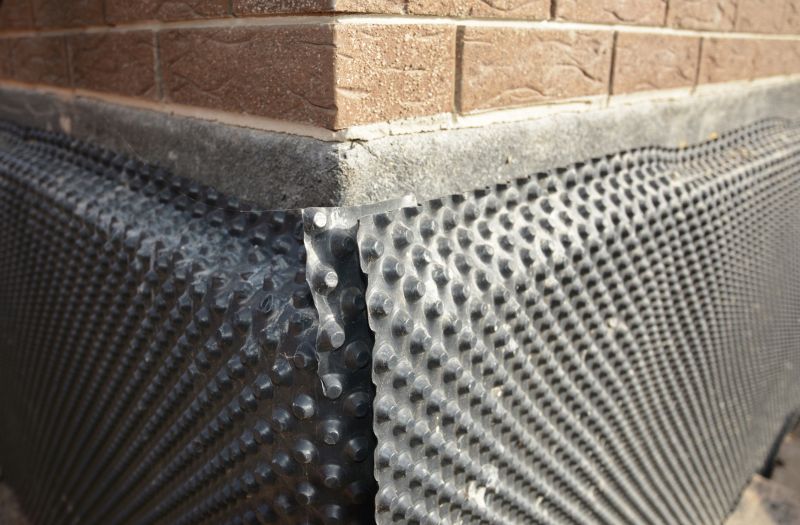
High-end options that actually feel worth it for Waterproofings.
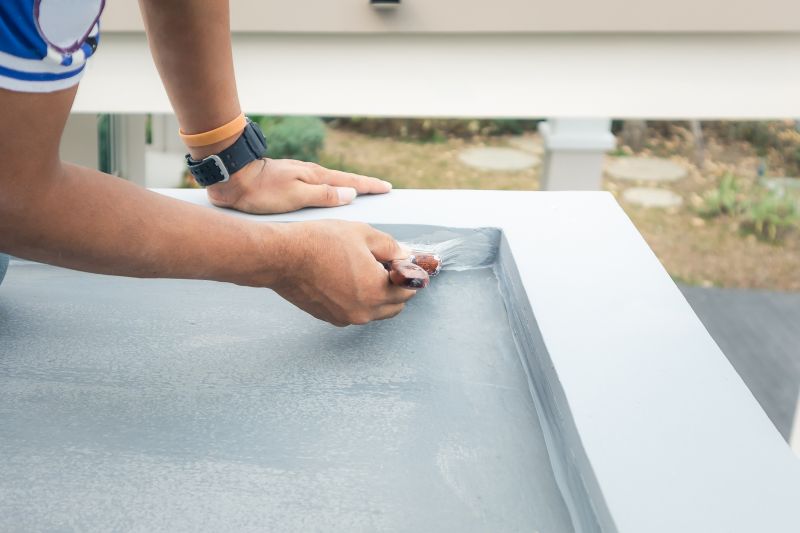
Finishes and colors that play nicely with Waterproofings.
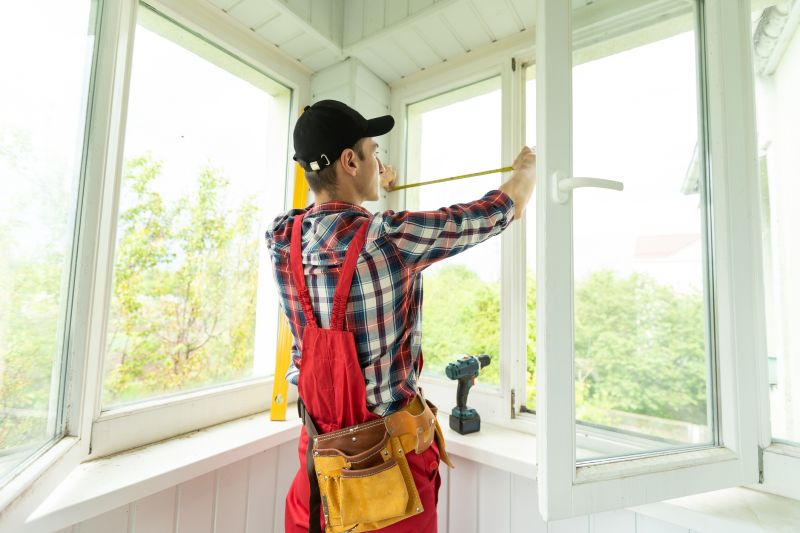
Little measurements that prevent headaches on Waterproofings day.
| Season | Optimal Conditions |
|---|---|
| Spring | Moderate temperatures, low humidity |
| Early Summer | Warm, dry weather |
| Late Summer | Dry conditions before heavy rains |
| Early Fall | Cooler temperatures, low humidity |
| Winter | Freezing temperatures, high moisture |
Waterproofings are essential for preventing water intrusion that can lead to structural damage, mold growth, and deterioration of building materials. Proper application timing ensures the materials bond effectively and cure correctly, maximizing their protective properties. Advancements in waterproofing technology have increased durability and resistance to weathering, making timely application even more vital.
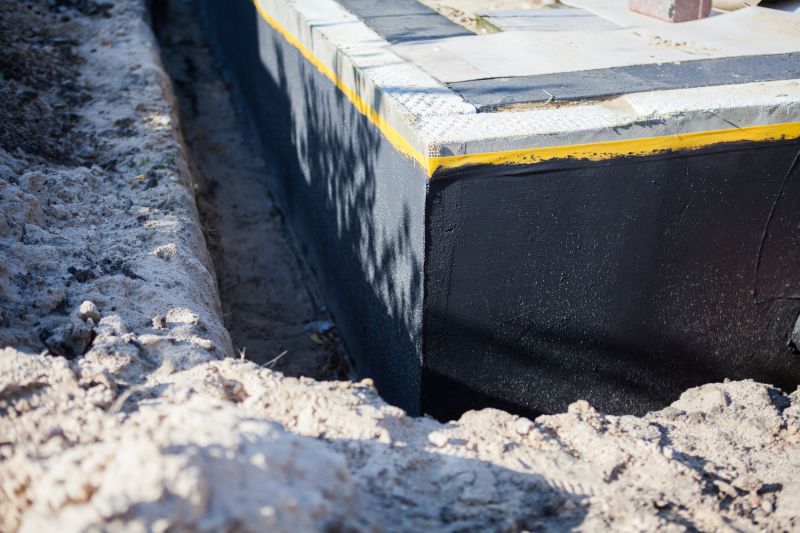
A 60-second routine that keeps Waterproofings looking new.

A frequent mistake in Waterproofings and how to dodge it.
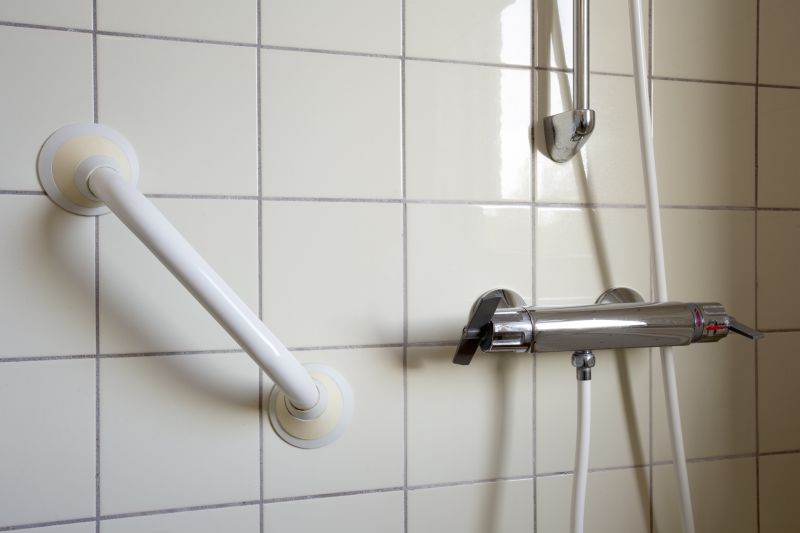
Small tweaks to make Waterproofings safer and easier to use.
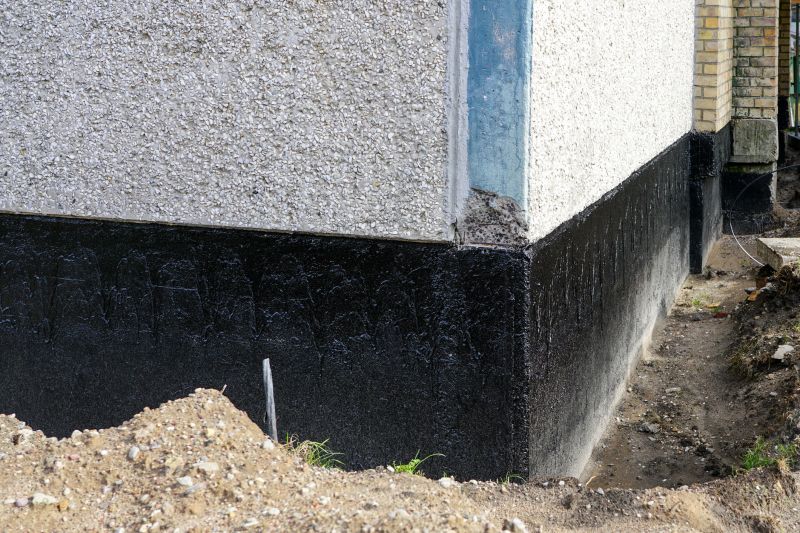
Lower-waste or water-saving choices for Waterproofings.
To maximize waterproofing effectiveness, it is recommended to plan application during suitable weather windows. Proper surface preparation, correct material selection, and adherence to manufacturer guidelines are crucial. Consulting with waterproofing professionals can help determine the best timing based on local climate conditions and project requirements.
Individuals interested in waterproofing services should consider scheduling during optimal seasons to ensure the best results. Filling out the contact form provides an opportunity to discuss specific needs and receive tailored advice on waterproofing timing and solutions.

